What kind of land do beets like?
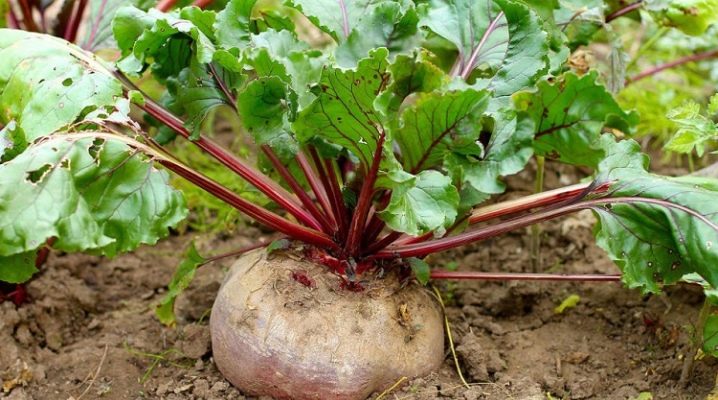
It is very important for gardeners and summer residents to figure out what kind of land beets love. This question is closely related to others, first of all - what to add to the soil when planting beets in open ground. It is also necessary to find out if acidic or alkaline earth is needed and how to specifically determine acidity.


Soil type selection
Many gardeners plant beets in the open field "as necessary", without thinking about which soil this crop prefers. Thermal conditions are often ignored. However, even such an unpretentious plant has its own "tastes"... And, paying attention to them, you can increase productivity several times. Most of all, beets love the land cultivated by the introduction of organic substances. But in this case, there are some subtleties. So, among all types of soil in terms of composition, it is better to use sandy loam or loam. It is not difficult to cultivate such land. In the layer inhabited by roots, moisture is retained better and is optimally distributed. Aeration problems and heat loss can be minimized.
Of course, not all areas will have perfect land. However, even among the non-optimal soils, there are more or less corresponding to the needs of beets. So, it is hardly possible to grow this culture in clay soil. Poor heating and low aeration, poor water permeability will constantly create problems. No, some kind of harvest, perhaps, will work out - but it will turn out to be small, and it will ripen late. Planting beets in sandstone is also a bad idea. They will warm up faster than clay.
However, the whole thing is spoiled by too high water leakage. Because of it, beneficial substances go too deep. The plant will not be able to get enough nutrition.
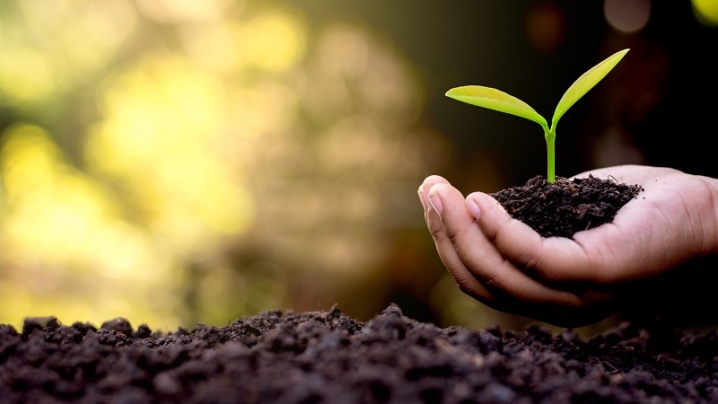
Acidity
This point is also very important. It has been established in practice that the pH value must be strictly limited. For beets, only soil with a pH of at least 6 and not higher than 7 is suitable. Deviations in both directions are strictly not allowed. Even in the best case, they will only lead to a decrease in the plant's immunity; in neglected situations, his death is likely.
Planting a root crop in acidic soil means significantly increasing the risk of rotting of the core of the plant. At the same time, food is disturbed. The chemical mobility of heavy metals, which can saturate plant tissue, is increasing - this will hardly please gardeners. When planted in alkaline soil, the digestibility of most minerals is disturbed. Chlorophyll production decreases. In this case, the roots will weaken and not take root effectively enough. Foliage often turns yellow. But, of course, determining the suitability of the soil for growing by how the beets themselves grow in practice is not the best way. It is more correct to do the check in advance.
The hydrogen index is investigated according to a certain method. Samples for research are taken from several places in the garden. Usually on an area of 100 sq. m 4 samples are enough. Collect them at a depth of about 20 cm.
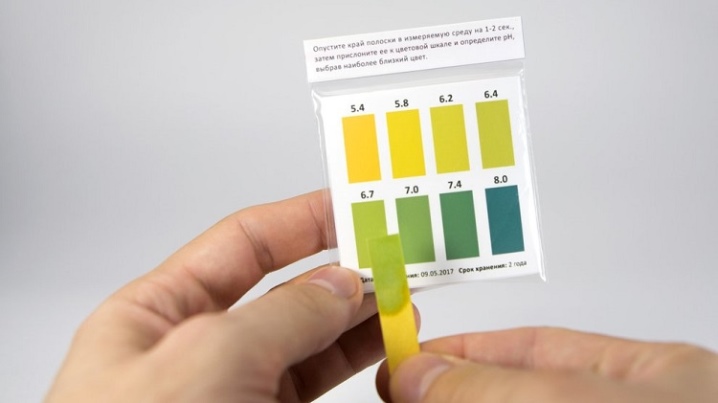
It is not worth doing this immediately after laying the fertilizers, so as not to distort the test result. Checks are repeated several times, taking into account the likely change in acidity due to various factors.
Testing with a litmus test is the easiest and fastest way. A suitable indicator is sold in pharmacies, household chemical stores and even supermarkets. The soil samples in clean glass containers are mixed with distilled water. The litmus test takes 30 seconds.In order not to suffer, examining and evaluating the color, it is necessary to use kits for assessing the acid-base balance, sold in most garden stores.
A more accurate solution is to use an acid meter... Such devices are quite easy to use, you can buy them in the same way at any garden store. A special indicator liquid changes color, and when comparing it with the color scale, a measurement can be made with an error of about 0.5 points. True, fine-tuning the instrument on the scale is difficult. Some people find it easier to use a mechanical acidity meter. Electronic meters are much more expensive. However, they have an important advantage - a long service life. In addition, electronic technology makes it possible to dispense with sampling altogether. Measurement is carried out directly on the site. Another plus is the simultaneous establishment of temperature and humidity.
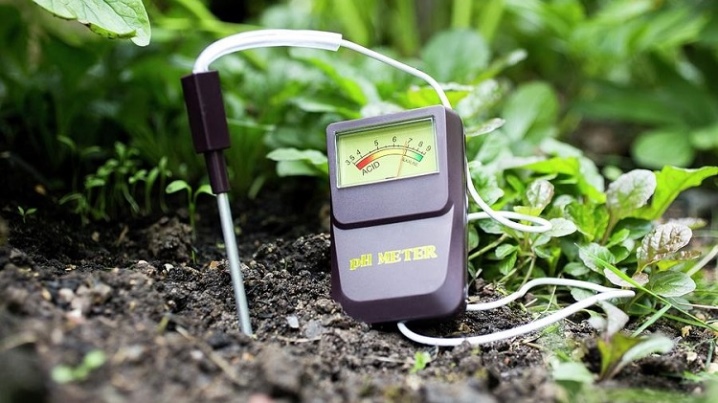
How to prepare the soil for planting?
Proper preparation for planting beets implies a rational crop rotation. Good predecessors (within 1-2 years) would be:
- onion;
- carrot;
- Strawberry.
It is necessary to introduce into the soil:
- humus;
- peat;
- clay flour;
- compost.
All these components should be added in the amount of 20 kg per 1 sq. m. But they cannot be limited. For a full sowing of beets, it is also recommended to add 1 sq. m:
- 0.03 kg of ammonium sulfate;
- 0.015 kg of potassium sulfate;
- 0.04 kg superphosphate;
- 0.02 kg of ammonium nitrate (used in spring).
Beet plantings suffer greatly with a lack of boron. If it is not there, the growth point is affected by chlorosis. You can be afraid of infertility and even the formation of hard root crops. You need to fertilize the plant with boron once a year. It is used 0.003 kg per 1 m2.
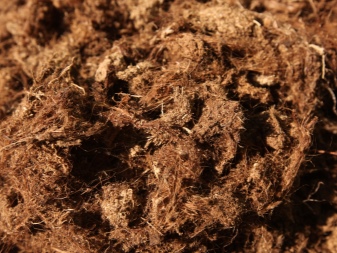

It's a very bad idea to feed your beets with fresh manure. Normally, it can be applied only for predecessor plants. Otherwise, productivity will be very low. Instead of fruits, the vegetative mass will actively develop. The crop itself will taste bad.
When processing plots for beets, you need to know about acidity adjustment techniques. Their best option is to use calcium carbonate. It can be represented by ground limestone, chalk, wood ash. Bone meal and even marl will do. To acidify excessively alkaline soil, use:
- high-moor peat;
- fresh manure;
- covering before winter with sphagnum, sawdust or fallen needles.
Sometimes it is necessary to quickly increase the acidity. In this case, 10 sq. m use 1 kg of colloidal sulfur. You can replace it with 0.5 kg of iron. In the spring, the fed area will have to be harrowed; if the groundwater is close to the surface, a ridge with ridges is needed. The ridges themselves are cut before direct sowing. For sowing beet seeds, the soil temperature should be 8-10 degrees. It is measured at a depth of 10 cm. Planting in very cold soil will inhibit root development. He will suffer more from fungal attack.
If in the evening hours the air cools below 1 degree, the bed should be covered with cardboard, newspapers or spunbond.
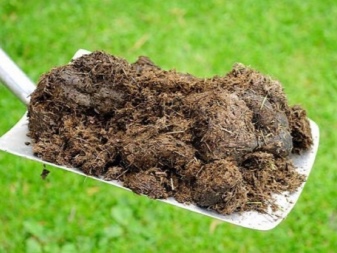
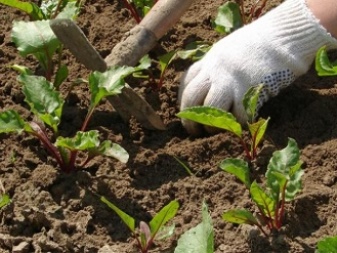












The comment was sent successfully.